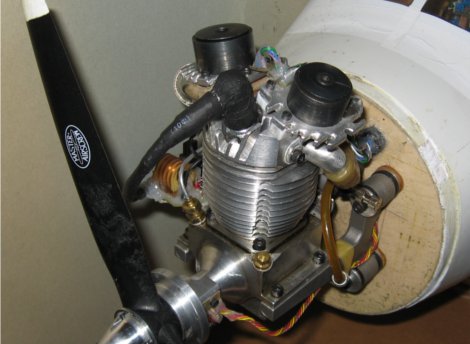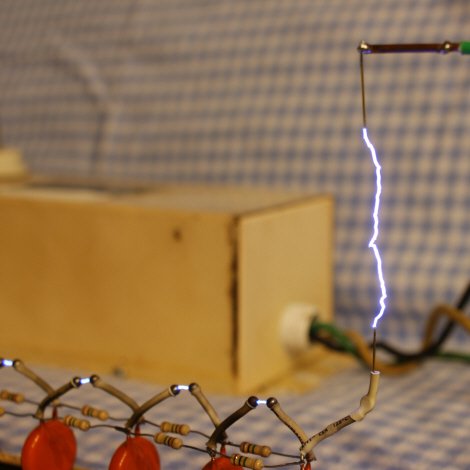
Are you tired of doing things the efficient way when using your lawn equipment? Look no farther. Here are some engine hacks where regular internal combustion engines have been modified to work on steam or compressed air. Surprisingly, all it takes to do this is to remove the carburetor and replace it with a steam line and to modify the valve timing.
First up is a lawn mower that runs on steam posted by [dquad]. This one is pretty great because it just looks so wrong. In [dquad’s] own words: “I am surprised by the fact that nothing at all failed during this test – other than a wheel catching fire!”
Check out some other examples of engines converted to run on air or steam after the break…
Continue reading “Engine Hacks: Convert Your Yard Tools To Run On Steam!”


















